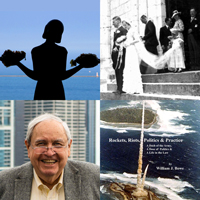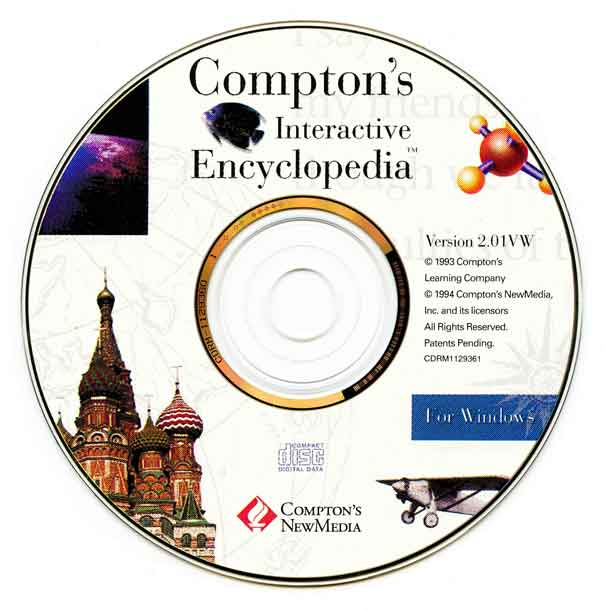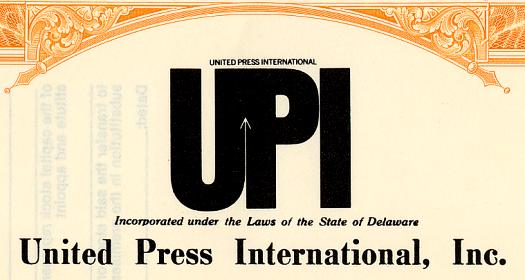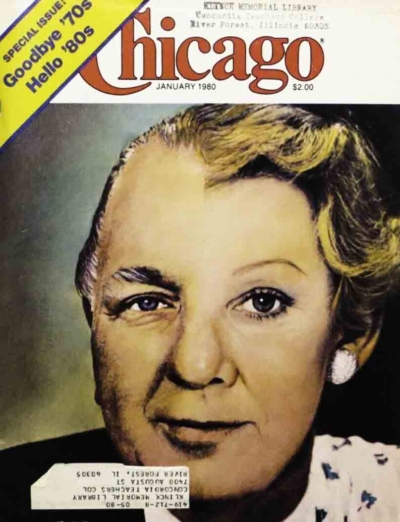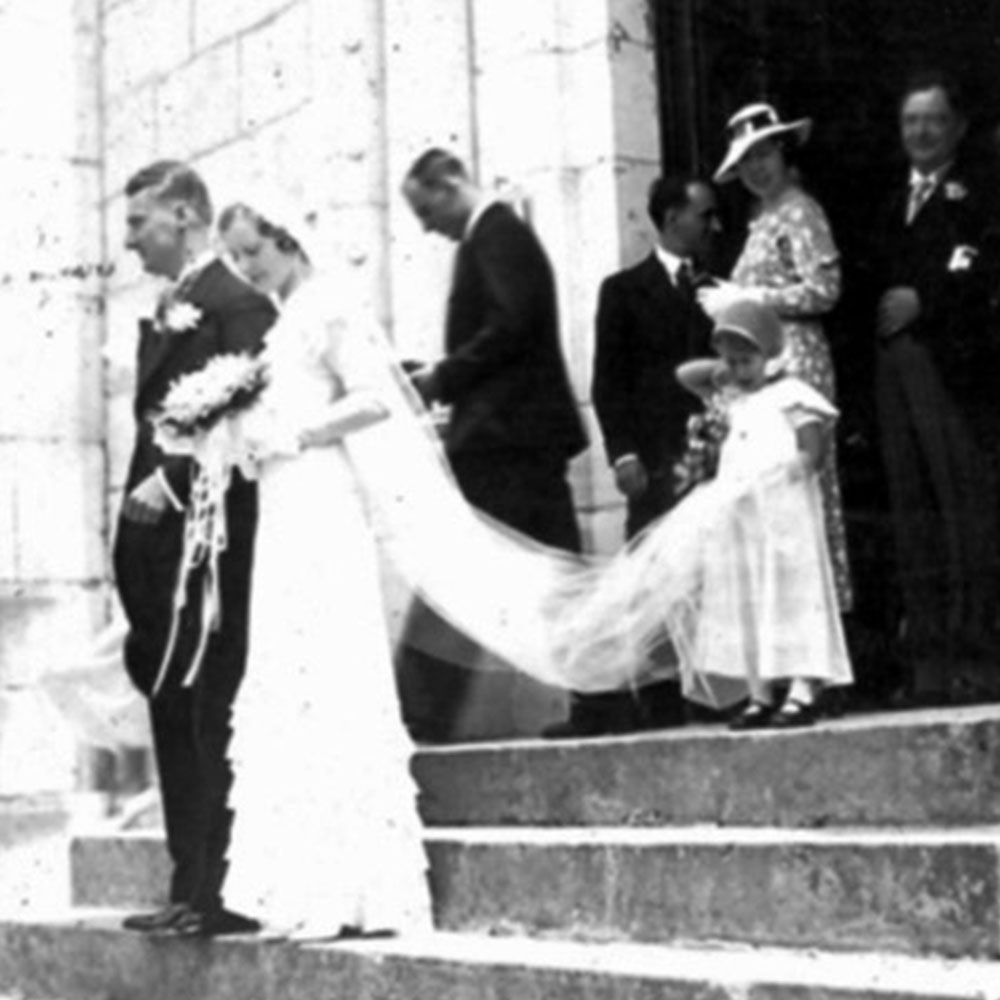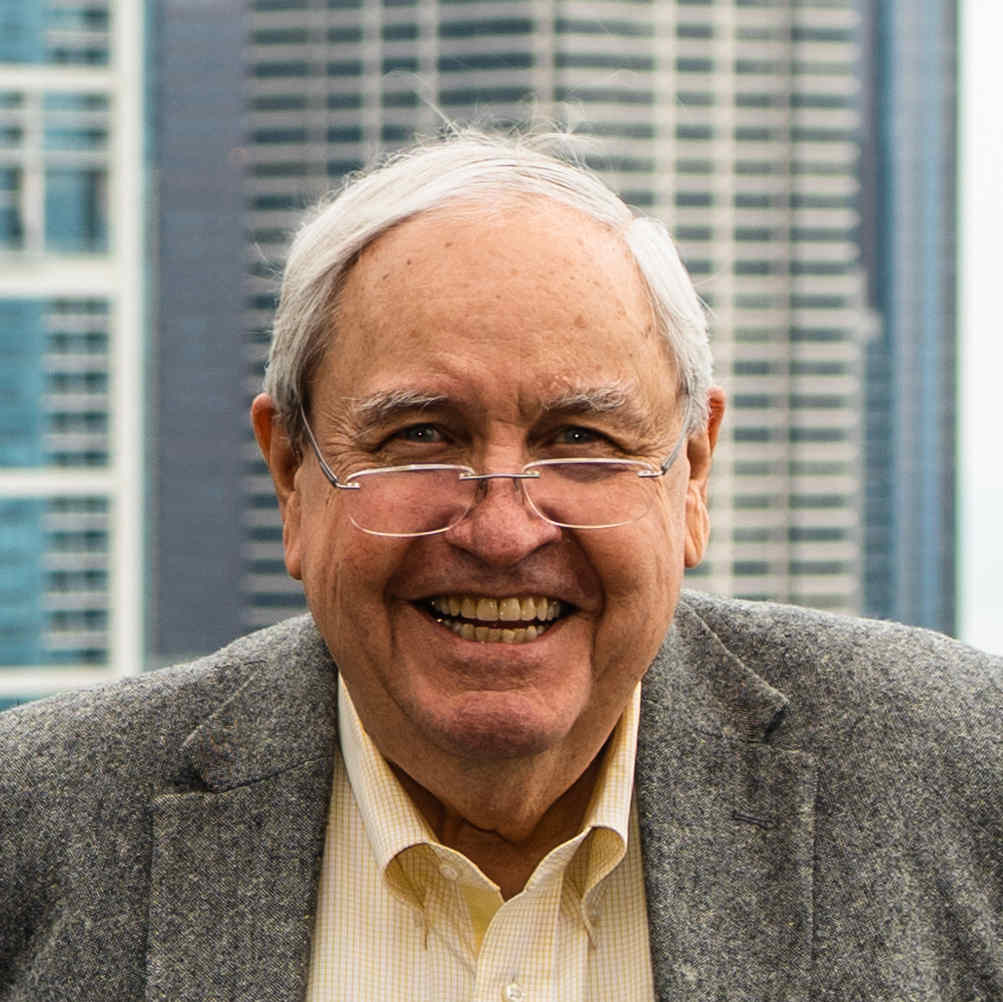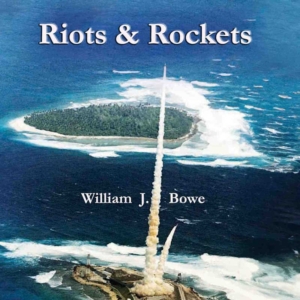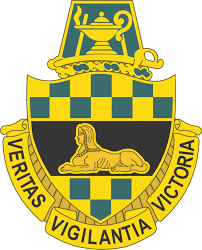
Army Intelligence Branch Insignia
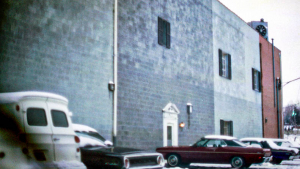
1969 Counterintelligence Analysis Division Office at Bailey’s Crossroads
Apart from physical security issues, since the Pentagon was the center of the nation’s military establishment, the building always housed a motherload of military secrets the Soviet Union and other bad actors of the day were always targeting. As a result, part of the 902nd was colloquially referred to as “the night crawlers.”
This group was largely made up of enlisted men who spent their nights patrolling the Pentagon corridors and offices looking for security violations such as filing cabinets left unlocked. This was the kind of boring drudgery I mostly escaped at CIAD. However, I did get assigned once to one of these night crawler details. As soon as the day workers at the Pentagon departed, I began the rounds of a section of deserted offices looking for filing cabinets left unlocked and collecting the large striped paper trash bags filled with all the classified documents people had thrown out during the day. That was the night I learned the way to the Pentagon’s municipal-grade furnace for daily classified document disposal.
The Counterintelligence Analysis Detachment, as the name suggests, didn’t directly run any spies. It was instead in the business of digesting the production of pertinent intelligence gathered primarily by other Army and service intelligence units, the Defense Intelligence Agency, the Central Intelligence Agency, the National Security Agency, and the Federal Bureau of Investigation, among others. The goal was to sift through this production and cull out what pertained directly to performing the Army’s designated counterintelligence missions.
A number of CIAD analysts were assigned to read and evaluate counterintelligence reports from Vietnam. During my time there, a young analyst with this job had the time to put two and two together in a way that wasn’t possible for his time-pressed counterparts in Saigon. Though the details of his breakthrough were as usual kept under “need to know” wraps, the CIAD chief organized a small party to celebrate and honor my colleague. Thanks to his careful analysis of the counterintelligence traffic crossing his desk, he had pretty much single-handedly caused a North Vietnamese spy ring in Saigon to be rolled up.
When I began my day-to-day work at the Pentagon, my lowly rank as an enlisted man was disguised by my civilian dress. The point of this was to let me freely interact with the many uniformed senior officers I was working with by eliminating rank from the interaction. Being in my mid-20s at this point, these soldiers were not only all senior to me in age. As I also quickly learned, their Pentagon slots were frequently either pre-retirement, capstone assignments at the end of 20 years of service or waystations to major command responsibilities elsewhere in the Army’s global footprint.
A further element that distinguished these senior officers from me was the fact that many had just rotated into the Pentagon from wartime combat assignments in Vietnam or other Cold War hotspots. At one time or another, many of these men had come from leadership roles that had directly exposed them to the random death and destruction inherent in wartime combat, the very combat that I had intentionally tried to steer my military career away from.
One of these men that I became particularly close to was a Lieutenant Colonel his late 40s at the end his Army career. He had grown up in a working-class Boston family, and his Boston accent had not diminished during his nearly two decades in service. I was aware he had recently returned from leading combat troops in Vietnam. Being curious, when I had an opportune moment with him one day, I asked him what struck him most about his own particular wartime service. While he had at least one Vietnam tour of duty behind him, and maybe two, he spoke to me of only a single incident.
He said at one point he was in command of soldiers looking for members of another unit that had recently gone missing after a battle. He described how they made their way through thick vegetation until they came to a clearing with a devastating scene. “There they were — the men we were looking for. They couldn’t be rescued at that point, because they were all dead. As we got closer to their corpses, I could figure out what happened. They had been captured by the Viet Cong but hadn’t been kept long as prisoners. They’d been lined up and shot with a bullet to the back of their heads.”
“What did you do?” I asked. “Obviously, I directed my guys to begin to gather the remains, so we could bring them all back.”
As he went on, he spoke more slowly and began to weep, “My guys were mostly just kids 18 or 19, and here they were looking at this absolutely horrific scene. But they knew they had a job to do, and they went about that job methodically, like adults, but stone-faced. I was so proud of them. And they were only 18 and 19-year-old kids doing this kind of thing!” When he stopped talking, he was crying. Thinking about him reminds me that it isn’t only the dead who pay a price in wartime.
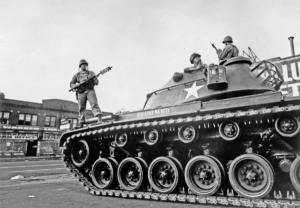
1967 Federal troops during the Detroit riots
Those that may be ineligible for a Purple Heart can bear a painful psychic scar. Often, one that can last a lifetime.
Some parts of the 902nd’s duties, like Pentagon security, never changed much. But race riots, which had racked the country in 1919 and 1943, were recently back on the Army’s agenda. In the summer of 1967, right before the march on the Pentagon, the Regular Army had been called into Detroit by the Michigan Governor and the President to help quell its violence.
After the Detroit riot and the march on the Pentagon, the recent takeaway for the Army was that it needed to be much better prepared for a continuing period of civil and racial unrest.

